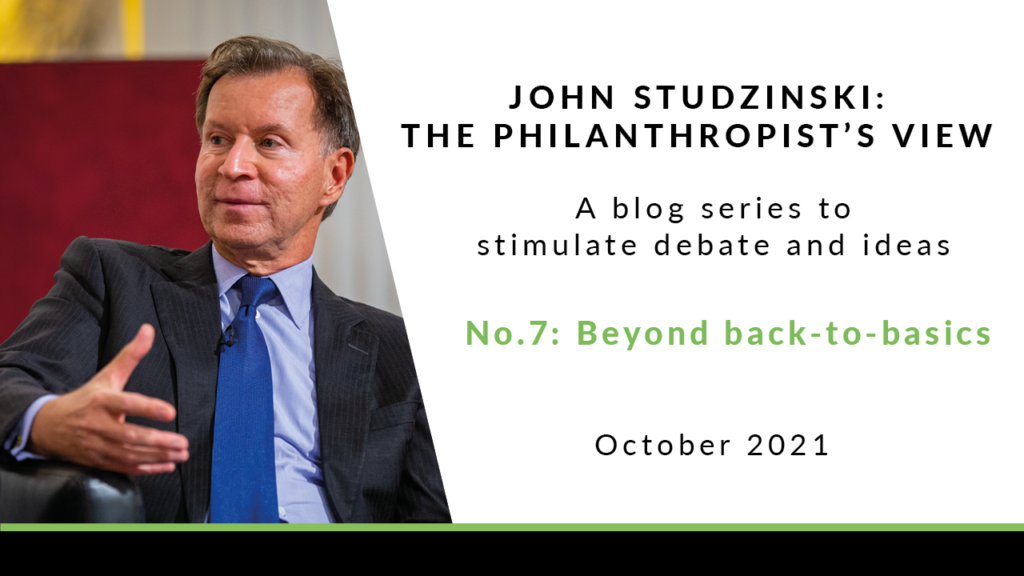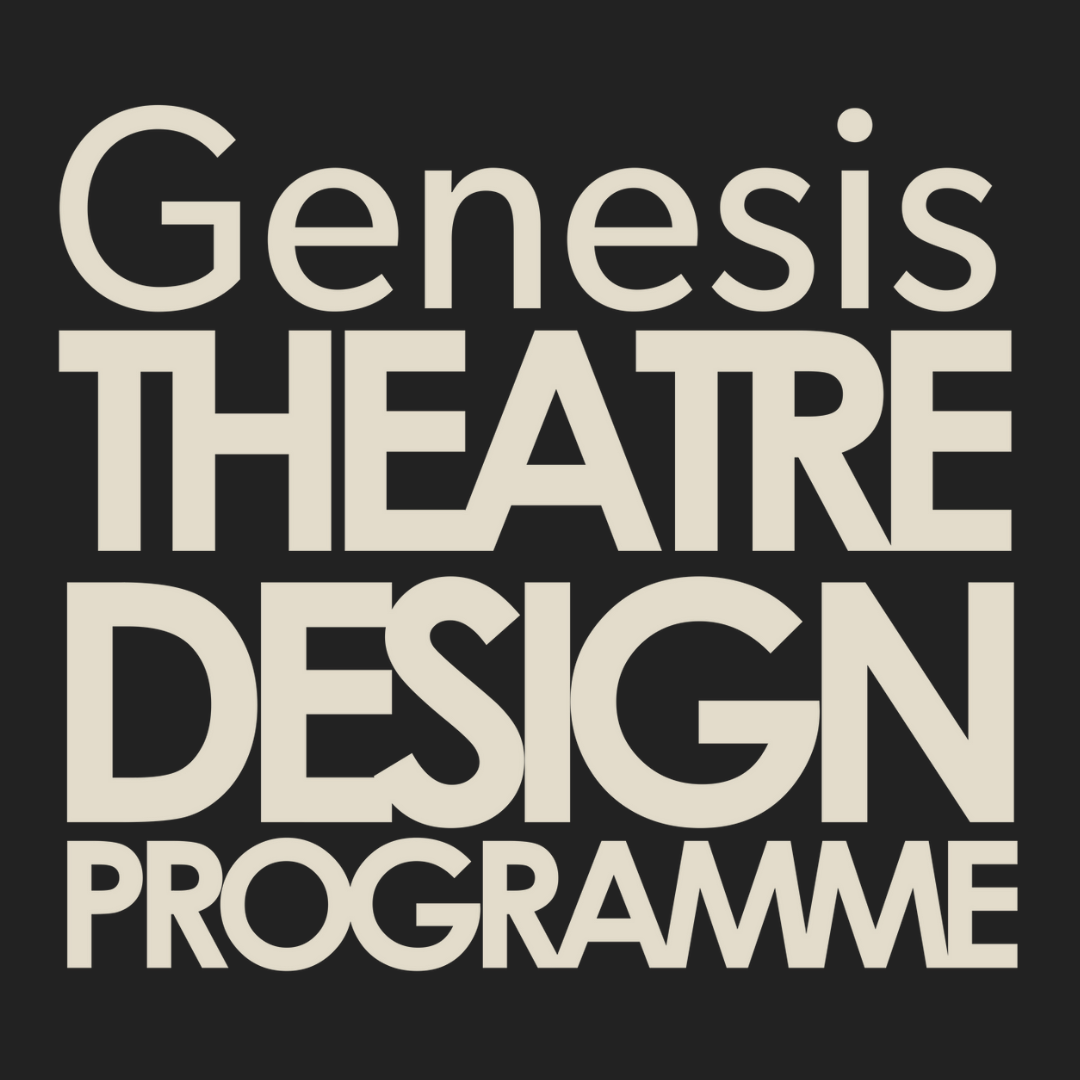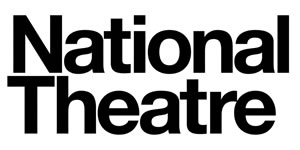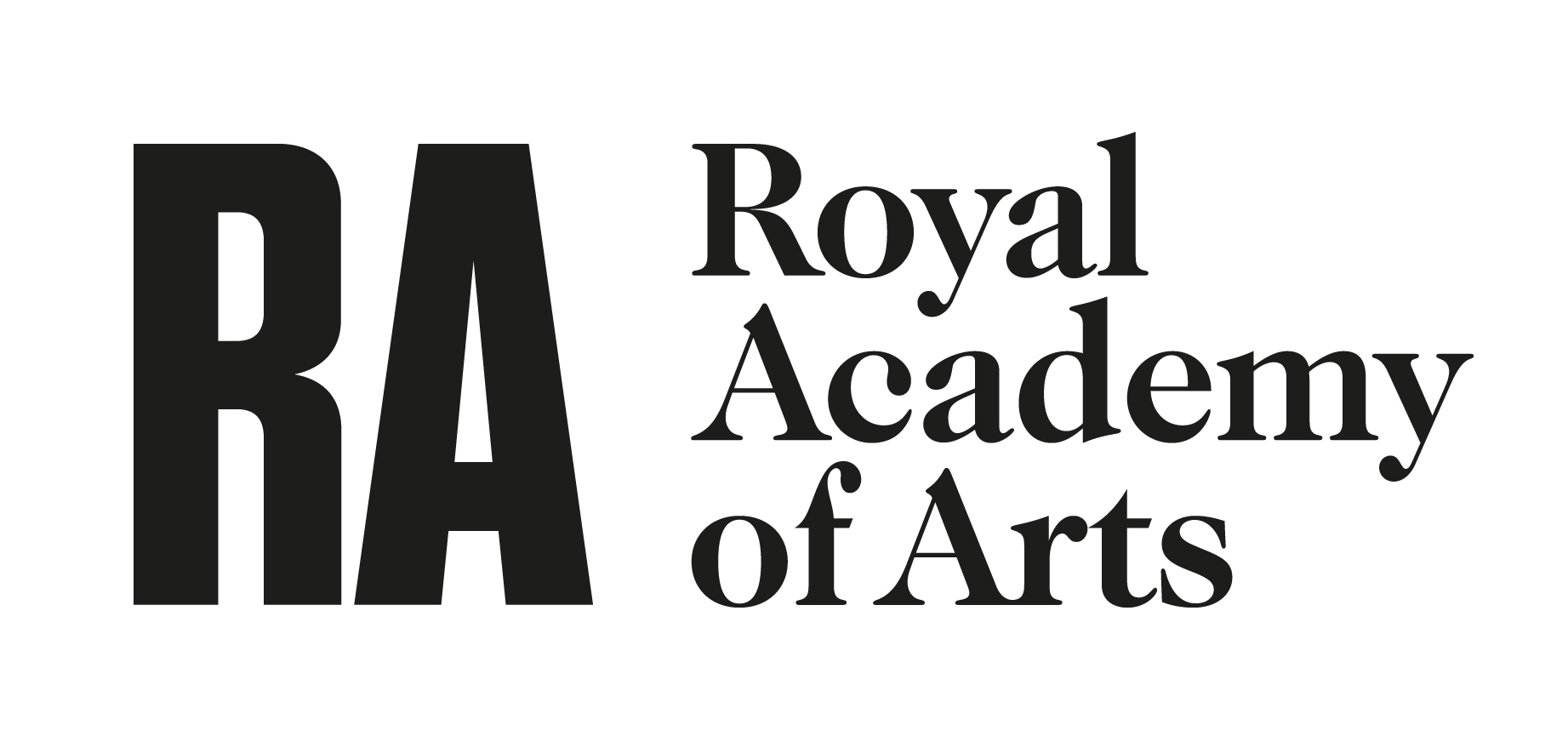No. 7 | Beyond back-to-basics
29 October 2021

2021 is nearing its end and the pandemic is still very much with us. Covid-19 will go down in history as a major shock to our civilisation. But crises, in forcing us to go back to basics, can give rise to renewal and rebirth.
Over the millennia, optimism and enterprise have shone through after plagues, disasters and wars. Damage has been wrought to cities and economies, but the creative drive has maintained its momentum and culture has continued to evolve.
For anybody who supports the arts, the priority now has to be the ‘basics’: the artists themselves and the creative journey they undertake. Traditionally, the largest sums in arts philanthropy have gone to capital projects – buildings and equipment. Now, amidst so much uncertainty, philanthropists should be thinking less about bricks and mortar, with its attendant running costs for the future, than the ‘clean power’ of inspiration.
After a period that deprived so many creative professionals of a living, there is still a need for emergency subsistence funding. Over the longer term, there is a need for continuous investment in education, practical training, mentoring and peer networks, providing artists with the fundamental assets for a life that is both creatively and economically productive.
This is not a call for a total moratorium on finance for buildings such as galleries and performance spaces.
They don’t, however, have to be big, new and shiny. They do need to be welcoming, flexible and tech-enabled, and recent figures suggest that more than half the arts organisations in the UK are repurposing ‘brownfield’ buildings from other uses.
Increasingly, in our Covid-aware world, live venues are part of a hybrid physical-virtual equation. Over the last 18 months, artists have been making good use of technology to sustain and develop their relationship with their audiences. Freed of certain physical limitations, they have been taking their art to a public that is more diverse – both demographically and geographically – than ever before. The pandemic cloud has had a hi-tech silver lining.
The live, in-the-flesh, shared experience of art can never be fully replaced, but with technology as a medium it can be complemented, amplified and even radically transformed. If we continue to support artists in any way we can, who knows what sort of rebirths lie in store for us?
Read other posts in the John Studzinski: The Philanthopist’s View series







